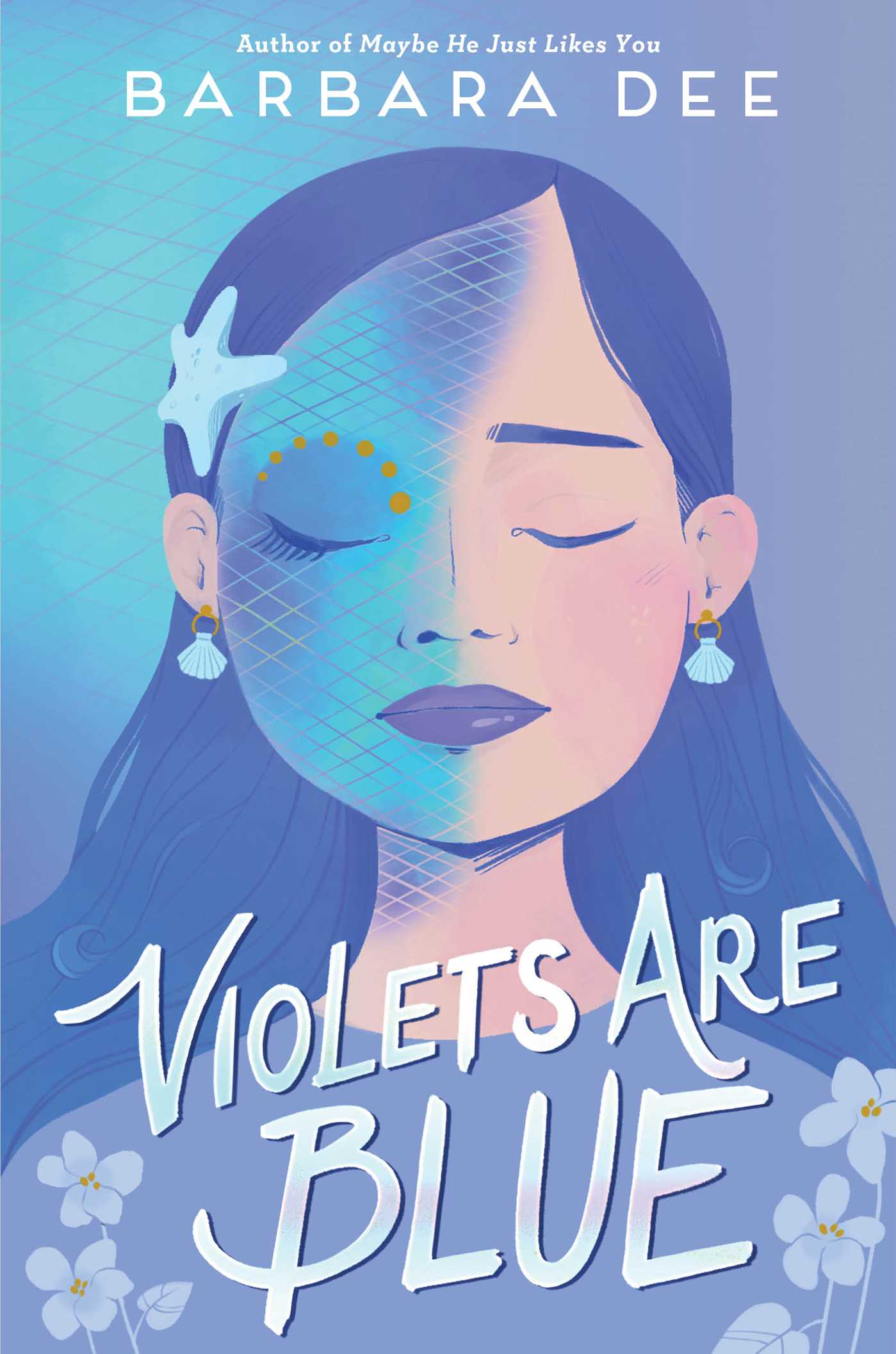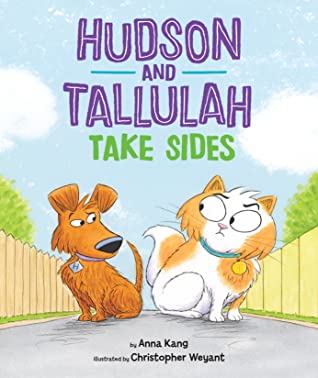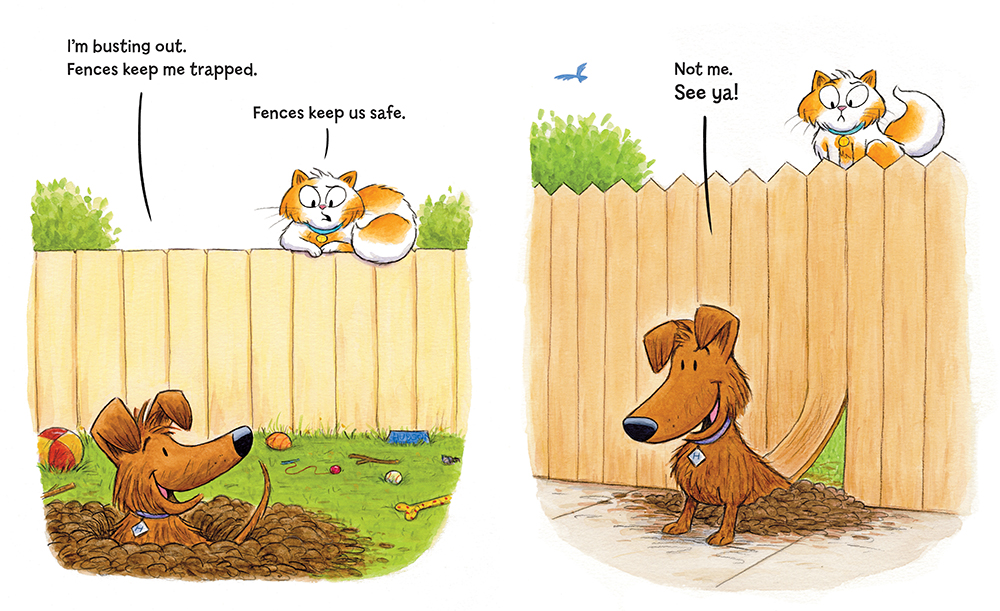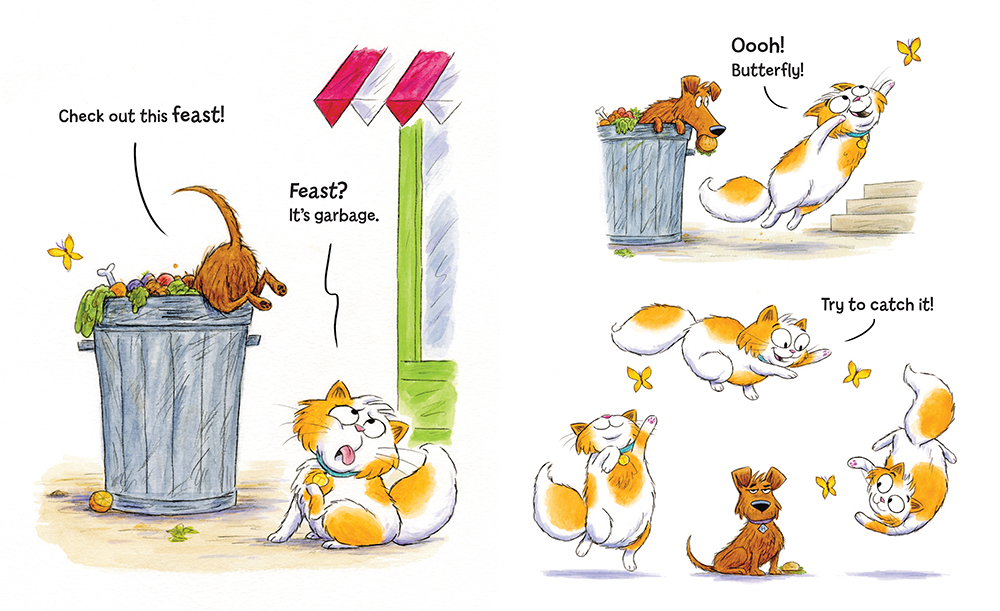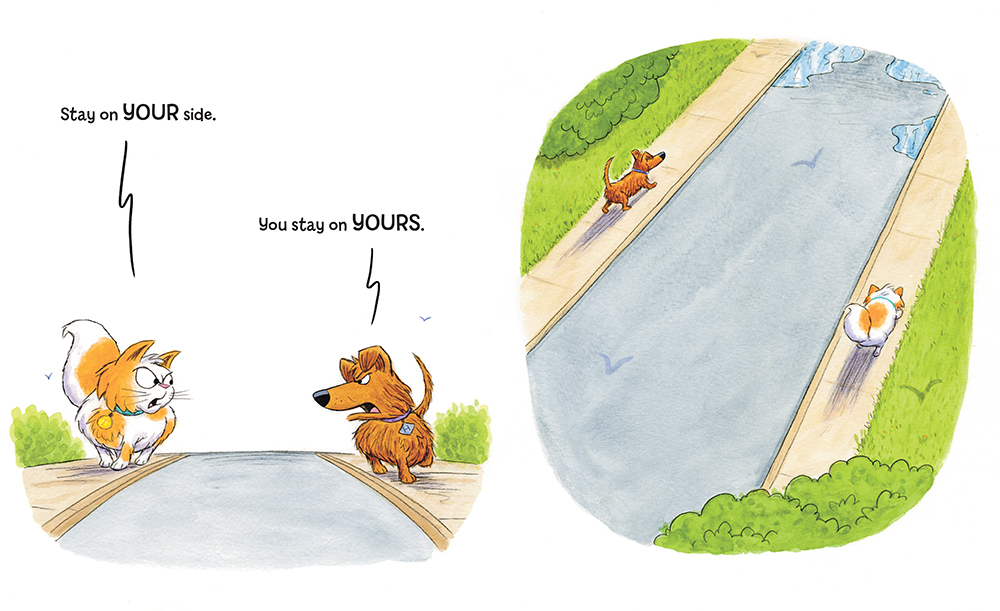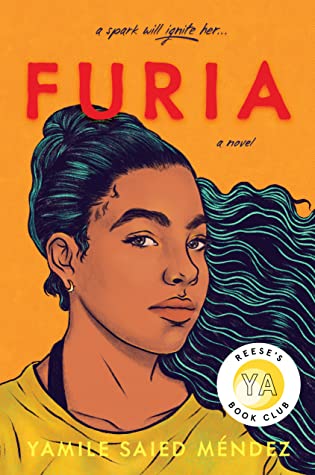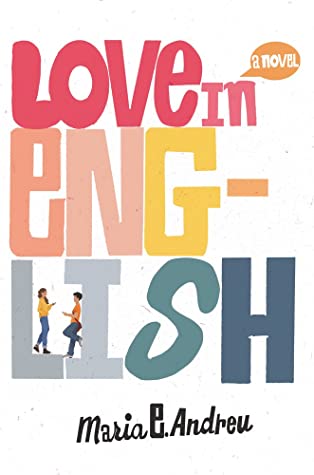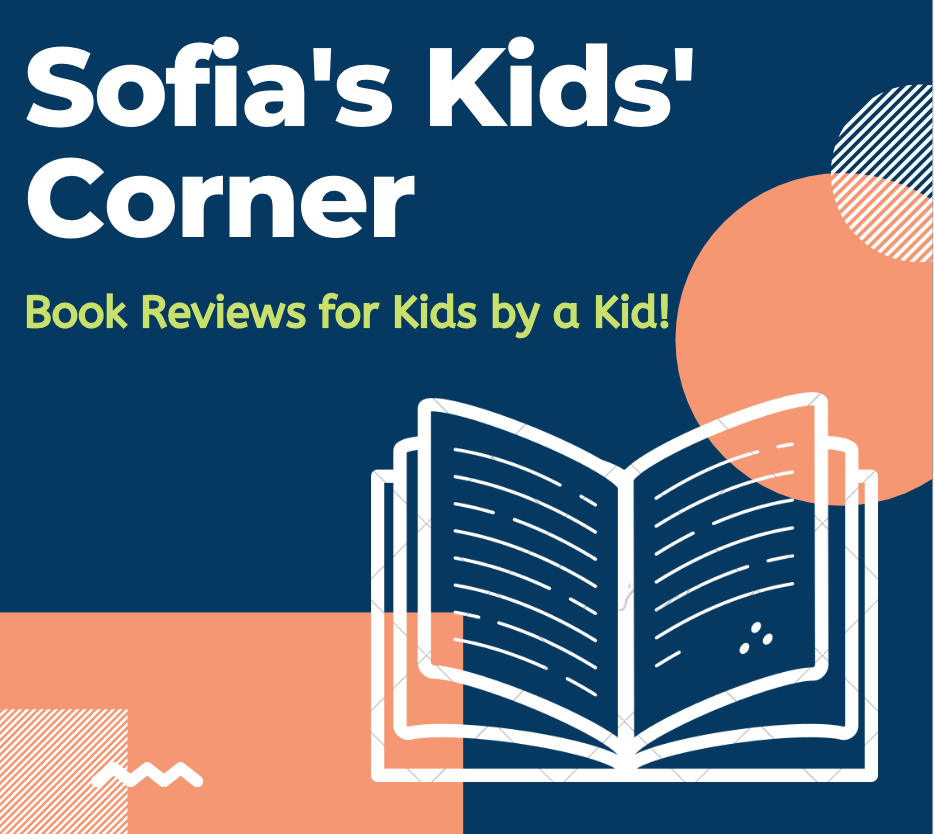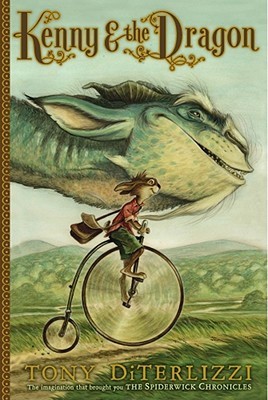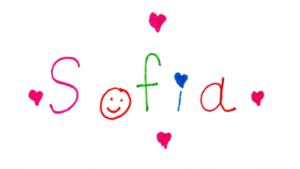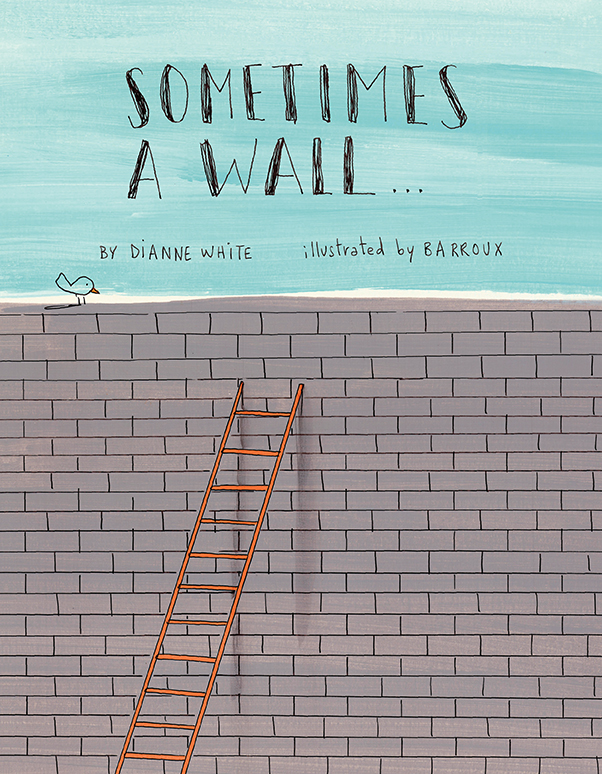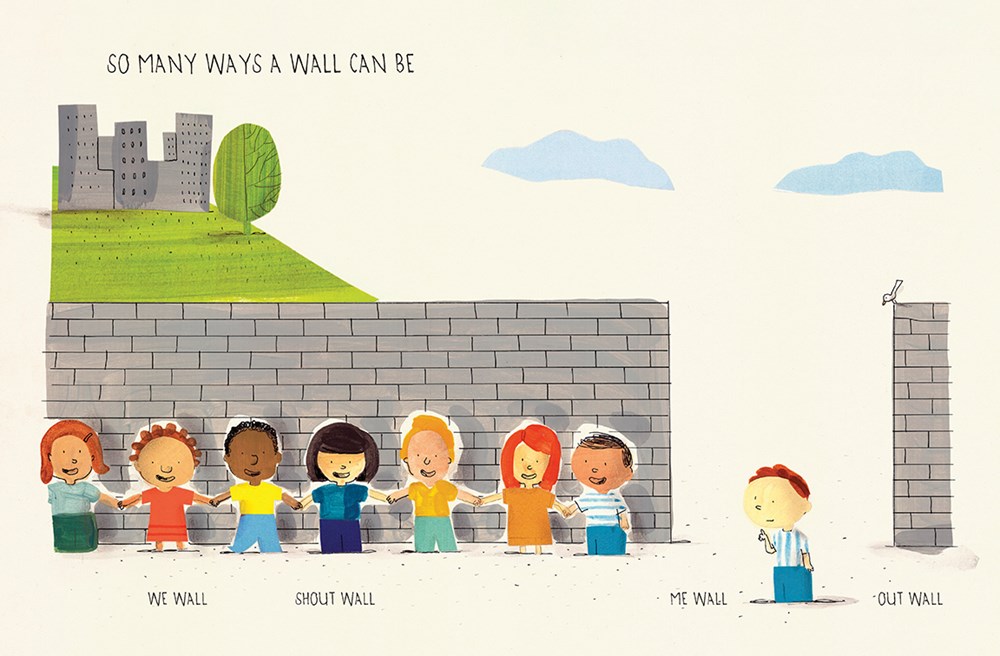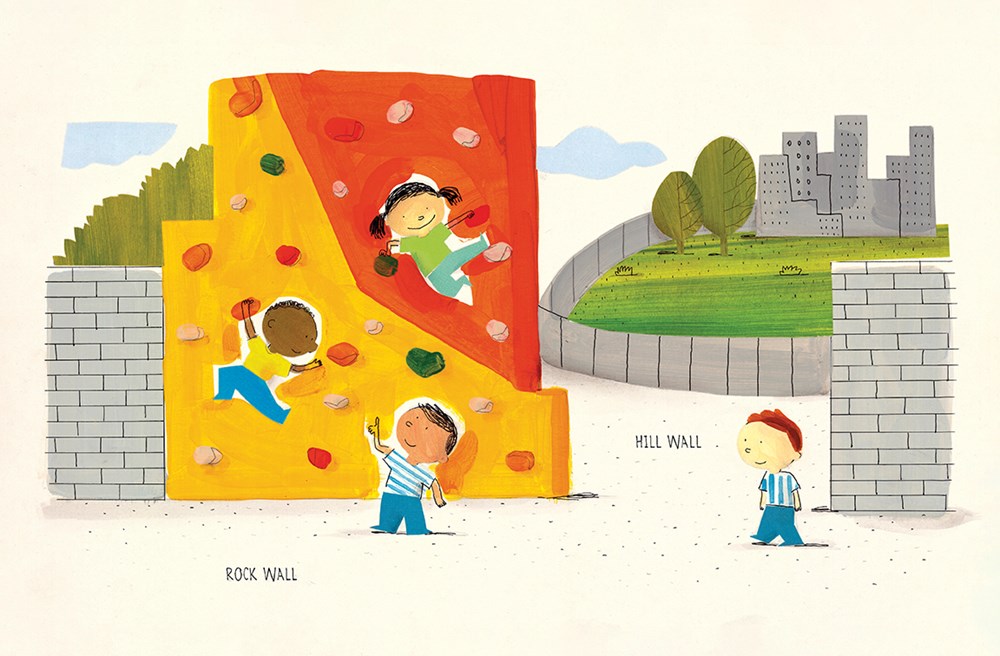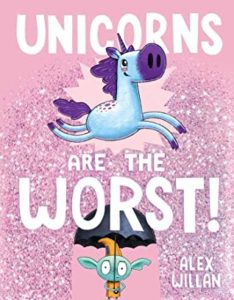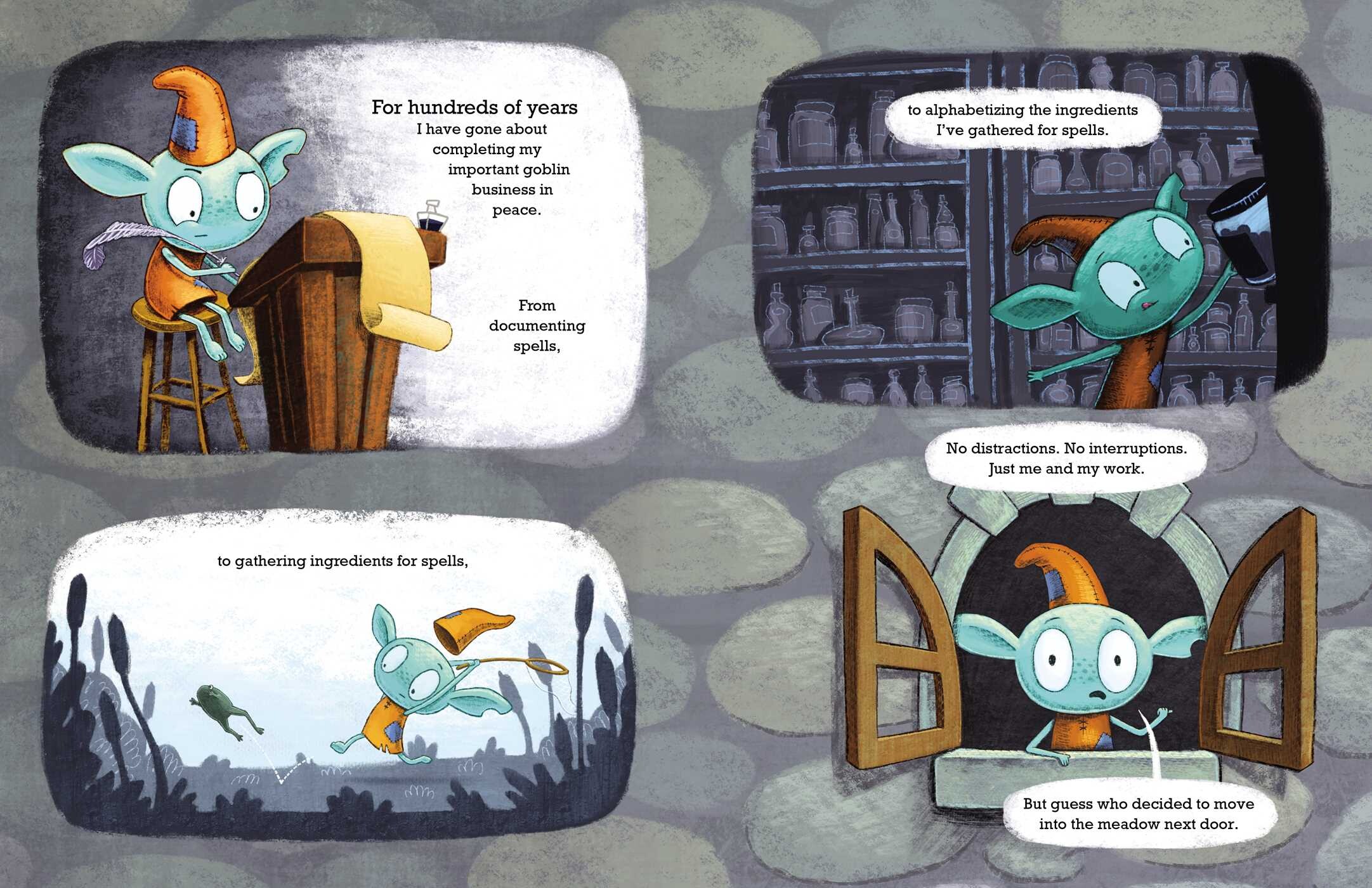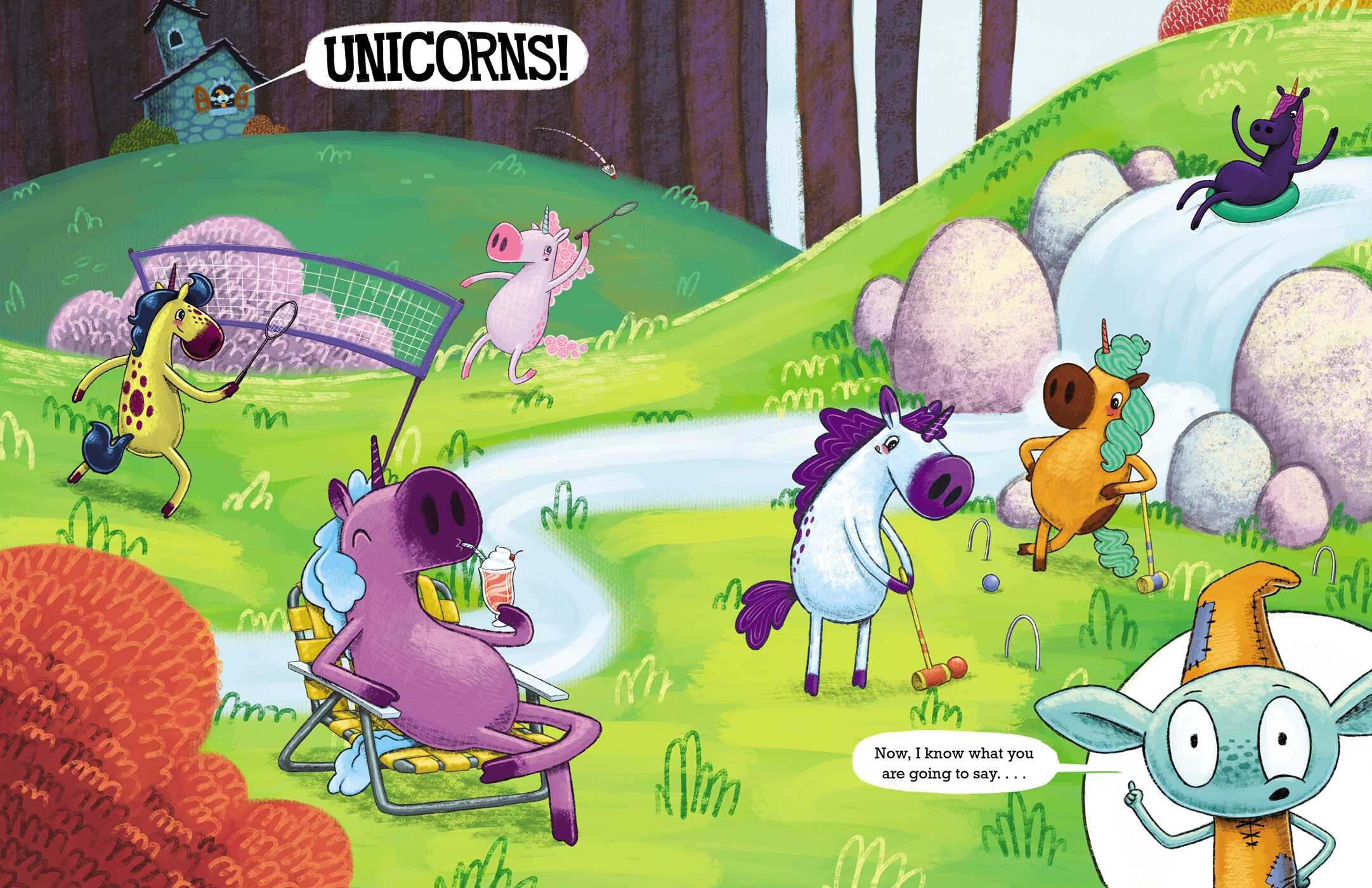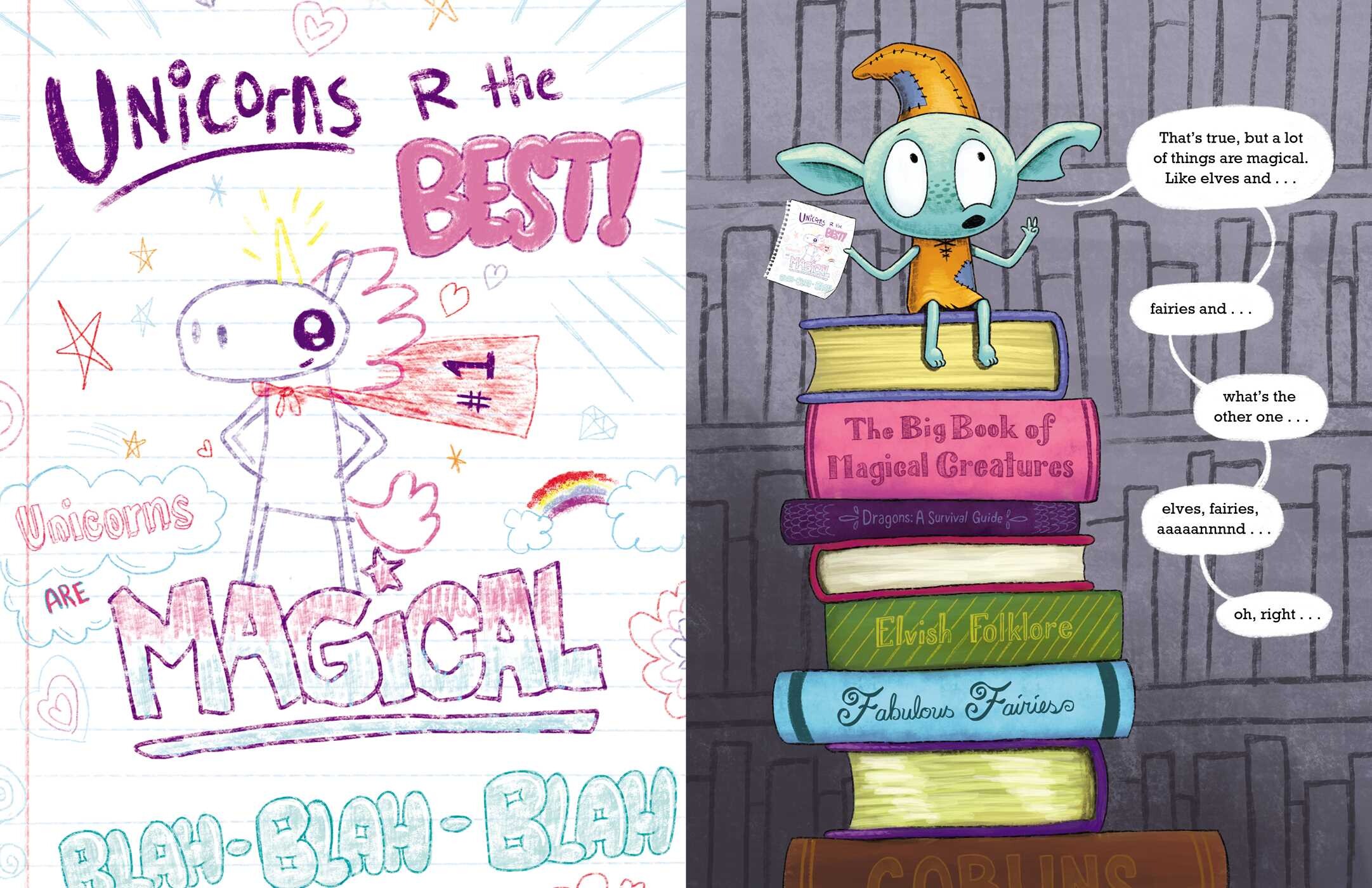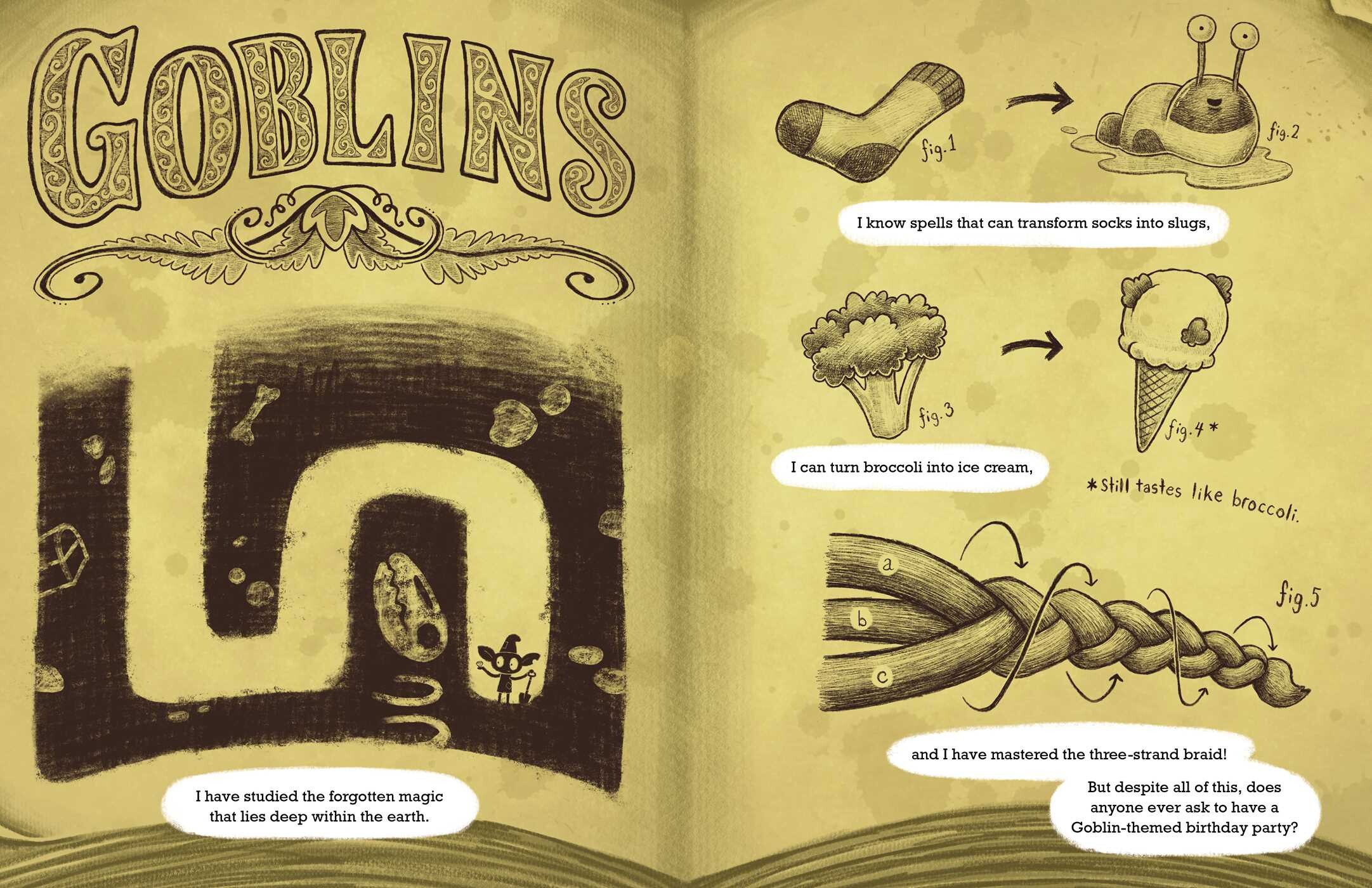Violets are Blue
Author: Barbara Dee
Published: September 28, 2020 by Aladdin
Summary: From the author of the acclaimed My Life in the Fish Tank and Maybe He Just Likes You comes a moving and relatable middle grade novel about secrets, family, and the power of forgiveness.
Twelve-year-old Wren loves makeup—special effect makeup, to be exact. When she is experimenting with new looks, Wren can create a different version of herself. A girl who isn’t in a sort-of-best friendship with someone who seems like she hates her. A girl whose parents aren’t divorced and doesn’t have to learn to like her new stepmom.
So, when Wren and her mom move to a new town for a fresh start, she is cautiously optimistic. And things seem to fall into place when Wren meets potential friends and gets selected as the makeup artist for her school’s upcoming production of Wicked.
Only, Wren’s mom isn’t doing so well. She’s taking a lot of naps, starts snapping at Wren for no reason, and always seems to be sick. And what’s worse, Wren keeps getting hints that things aren’t going well at her new job at the hospital, where her mom is a nurse. And after an opening night disaster leads to a heartbreaking discovery, Wren realizes that her mother has a serious problem—a problem that can’t be wiped away or covered up.
After all the progress she’s made, can Wren start over again with her devastating new normal? And will she ever be able to heal the broken trust with her mom?
Ricki’s Review: This book ripped me apart and put me back together. It is unflinchingly honest, and it is a book that so many middle grade kids need. The characterization is beautiful, and the book would make for a great study on the relationships between humans and a general study on humanity. No character in this book is perfect—all are flawed, and this reflects who we are as people. I stayed up late at night reading this book (when I should have been sleeping), and I cannot recommend it highly enough. We all deserve to reinvent ourselves, and this book gives us permission to do so.
Kellee’s Review: Barbara Dee is so wonderful at writing such relatable middle school books with characters that deal with the real issues that middle schoolers are dealing with today. This book is no different as we get to watch Wren deal with her own identity, dealing with divorce & remarriage, moving, finding new friends, and just learning how to be happy. All of this in addition to what Wren ends up needing to work through when it comes to her mom. Dee does a great job balancing all of these plot points while also building such full characters. All characters in the main characters in the book are well developed and are truly themselves–flaws and all!
Teachers’ Tools for Navigation: This book works beautiful to teach about characterization. Students might select a character to study in a group and then work individually to study a person in their own lives (personal or famous). This offers opportunities for rich discussions about imperfection and the flaws in all of us.
Discussion Questions:
- How does Wren’s hobby with makeup reflect her life? How does it connect with the story?
- How does Wren’s mother evolve in the story, and why do you think she makes specific decisions in the text?
- Why do we keep secrets? How does secret-keeping impact others?
- What did you learn from this story? What will you take with you?
- How does Wren and her mom moving change the trajectory of the story?
- Were there clues about Wren’s mom earlier in the book?
- Why is it that people have such a hard time with girls and boys just being friends with each other?
Flagged Passage:
Chapter 2: Changes: “The day Dad left us, just a little over nine months ago, it all happened so fast. One gray Saturday morning in February, when we were still living in the house in Abingodon, I woke up to the sound of loud arguing in the kitchen. Yelling, actually, which happened a lot those days, followed by a car zooming out of our driveaway.”
Chapter 9: Nebula “[CatFX’s YouTube Channel] Here’s my secret message to you guys: fantasy is not the opposite of truth.”
Read This Book If You Loved: My Life in a Fish Tank by Barbara Dee; The Seventh Wish by Kate Messner; Sunny Side Up by Jennifer Holm and Matthew Holm; Genesis Begins Again by Alicia D. Williams
Recommended For:
